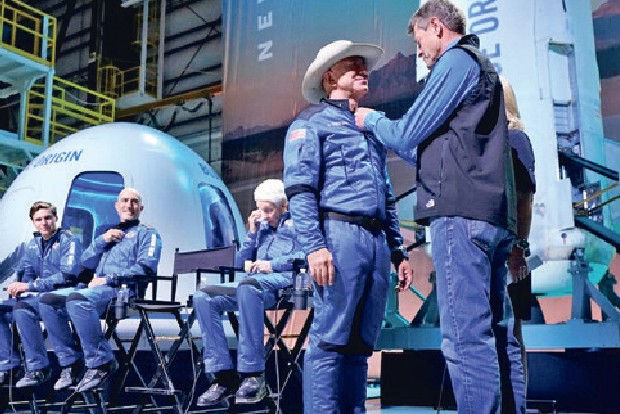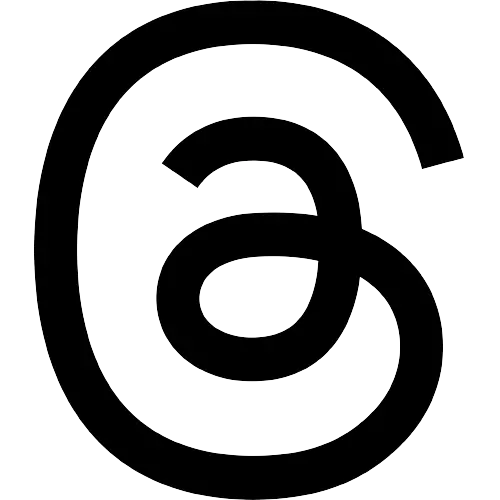Begin typing your search...
Commercial spaceflight inspires debate on ‘astronaut’ tag
Say you’re Jeff Bezos. You’ve spent billions of dollars starting up a rocket company that has just launched you and three others high enough that everyone agrees you reached outer space, even if just for a few minutes.

Chennai
Are you now an astronaut? The answer appears to be no, at least in the eyes of the Federal Aviation Administration, which last week revised its definitions on whom it considers to be an astronaut. But for Richard Branson, the billionaire who went to space a week earlier on a rocket plane operated by Virgin Galactic, a company he founded, the answer might be yes. The advent of the age of space tourism brings along a question of semantics: Is the word “astronaut” something that describes where someone has been — outer space — or is it a job description like pilot or sailor?
After all, NASA employs astronauts who are still waiting for their first trip off Earth. And flying in economy class from New York to Los Angeles does not qualify you as a pilot. The F.A.A. established its commercial astronaut wings program in 2004, spurred by the X Prize. That competition offered $10 million for the first non-governmental entity to launch a reusable spacecraft to space with people on board — defined as reaching an altitude of 62 miles, the international definition of where space begins — and then do it again within two weeks.
The winning design was a space plane called SpaceShipOne, and the F.A.A. bestowed the first commercial astronaut wings on Michael Melvill and Brian Binnie, the pilots who flew the two winning SpaceShipOne flights.
To qualify for the F.A.A.’s distinction, a person had to reach an altitude of 50 miles — reflecting the earlier US Air Force practice — and one had to be considered as part of “the flight crew,” which the federal agency defines as: Any employee or independent contractor of a licensee, transferee, or permittee, or of a contractor or subcontractor of a licensee, transferee, or permittee, who performs activities in the course of that employment or contract directly relating to the launch, re-entry, or other operation of or in a launch vehicle or re-entry vehicle that carries human beings. Everyone else who goes to space is, in the F.A.A.’s view, just a “spaceflight participant,” not an astronaut. After the wings were awarded to Melvill and Binnie, the F.A.A. did not award any other commercial astronaut wings until 2019, to Mark Stucky and Frederick W. Sturckow, the two pilots of Virgin Galactic’s larger successor of SpaceShipOne, aptly named SpaceShipTwo. Two other Virgin Galactic pilots received wings on the next SpaceShipTwo flight, as did Beth Moses, the company’s chief astronaut instructor, who evaluated the crew cabin.
By contrast, the New Shepard spacecraft built by Bezos’ company, Blue Origin, is entirely automated, and all that the passengers had to do is enjoy the up-and-down ride last Tuesday, which lasted not much more than 10 minutes. Thus, Bezos and the other three passengers — appear to fall short of the criteria to be classified as flight crew and may not be eligible for the F.A.A. astronaut wings. On the same day that Bezos made his trip to space, the F.A.A. added a new requirement for the astronaut wings: “Demonstrated activities during flight that were essential to public safety, or contributed to human spaceflight safety.” A statement from the agency explains, “The F.A.A. has now changed the focus to recognise flight crew who demonstrate activities during flight that were essential to public safety, or contributed to human spaceflight safety, among other criteria. This change aligns more directly to the F.A.A.’s role to protect public safety during commercial space operations.”
Chang is a tech writer for NYT©2021
The New York Times
Visit news.dtnext.in to explore our interactive epaper!
Download the DT Next app for more exciting features!
Click here for iOS
Click here for Android
Next Story



